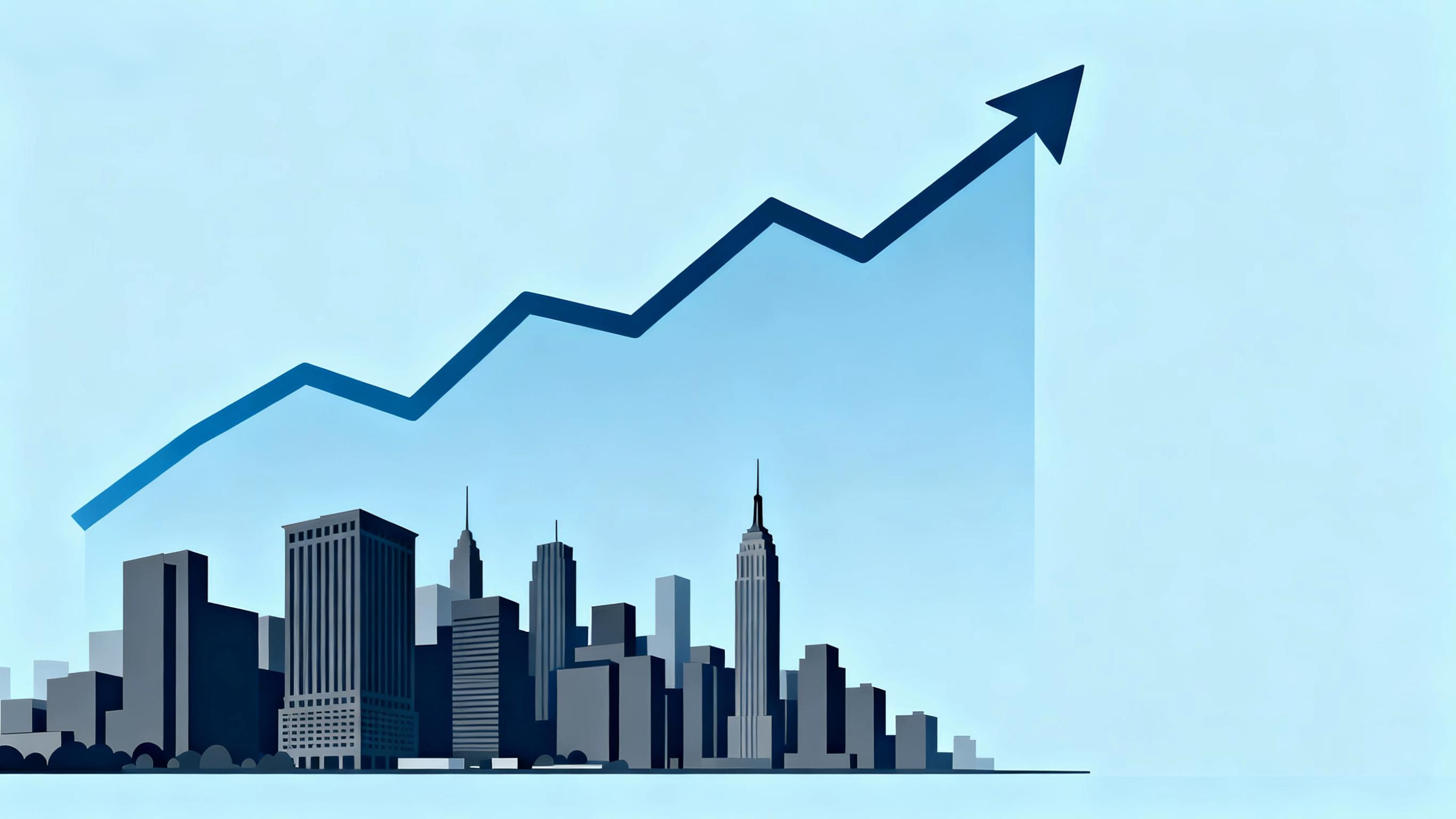
Following the Fed’s announcement of its first rate cut this year, the U.S. stock market quickly ignited a "honeymoon rally." With expectations of loose monetary policy and the ongoing artificial intelligence (AI) boom, market sentiment has surged to unprecedented levels. Not only did U.S. stocks shake off September’s historical "weak month" label, but they also repeatedly刷新ed all-time highs. Investors and strategists have begun reassessing the current market landscape, with some even defining this rally as a short-term "sweet rebound."
Bank of America’s strategy team pointed out that the valuation bubble of U.S. tech giants has not yet peaked. The "Magnificent Seven"—Tesla, Alphabet, Apple, Meta, Amazon, Microsoft, and Nvidia—have surged 223% since their lows in March 2023. However, compared to historical bubble cycles, this figure still has room for further expansion. Data shows that the average gain from trough to peak in the past 10 stock market bubbles was 244%. Currently, these seven star stocks have a price-to-earnings ratio of 39 times, which is still below the historical bubble average of 58 times and only 20% above the 200-day moving average. This suggests that, driven by AI dividends, they may still be the "best bubble representatives."
It’s not just Bank of America strategists who are optimistic. Jeff Krumpelman, Chief Investment Strategist at Mariner Wealth Advisors, believes that AI applications are in the early stages of explosive growth, and the enormous potential dividends are enough to support higher market valuations. He emphasized that AI-driven productivity improvements are enhancing corporate profitability while also positively impacting the job market. He added that although the S&P 500’s forward price-to-earnings ratio is as high as 23 times, it is not comparable to the past. Today’s market structure is dominated by high-growth, high-return technology and communication companies, making traditional valuation models not entirely applicable.
However, the market is not without concerns. Some strategists worry that the "melt-up" triggered by rate cuts could lead investors to excessively chase gains, ultimately causing the market to overheat. Ed Yardeni, President of Yardeni Research, warned that loosening monetary policy may not solve deep-seated issues like labor shortages and could instead stimulate speculative sentiment, causing the market rally to rely more on FOMO (fear of missing out) than fundamentals. Emily Roland of John Hancock also noted that while the current environment seems favorable, the market is selectively ignoring potential risks, with both bad and good news being interpreted as bullish—a singular logic that hides underlying fragility.
Despite the controversy, mainstream Wall Street institutions remain optimistic about future trends. Wells Fargo, Barclays, and Deutsche Bank have raised their target levels for the S&P 500, citing corporate profit resilience, the AI investment cycle, and a more accommodative Fed policy. Meanwhile, institutions like Citigroup, Fundstrat, and Evercore ISI remain cautious, believing that high valuations and excessive market concentration could increase short-term volatility.
Notably, some veteran investors have compared the current AI-driven market frenzy to past bubbles. Bill Smead of Smead Capital直言ly stated that this frenzy will eventually burst, and the highly concentrated S&P 500 could become a risk trigger.
Overall, U.S. stocks are at a critical juncture where opportunities and challenges coexist. Rate cuts and AI have undoubtedly ignited a new wave of gains, but amid high valuations, excessive speculation, and underlying economic concerns, the future market trajectory may not be smooth sailing. While enjoying the "honeymoon period," investors must also maintain sufficient rationality and vigilance.
















